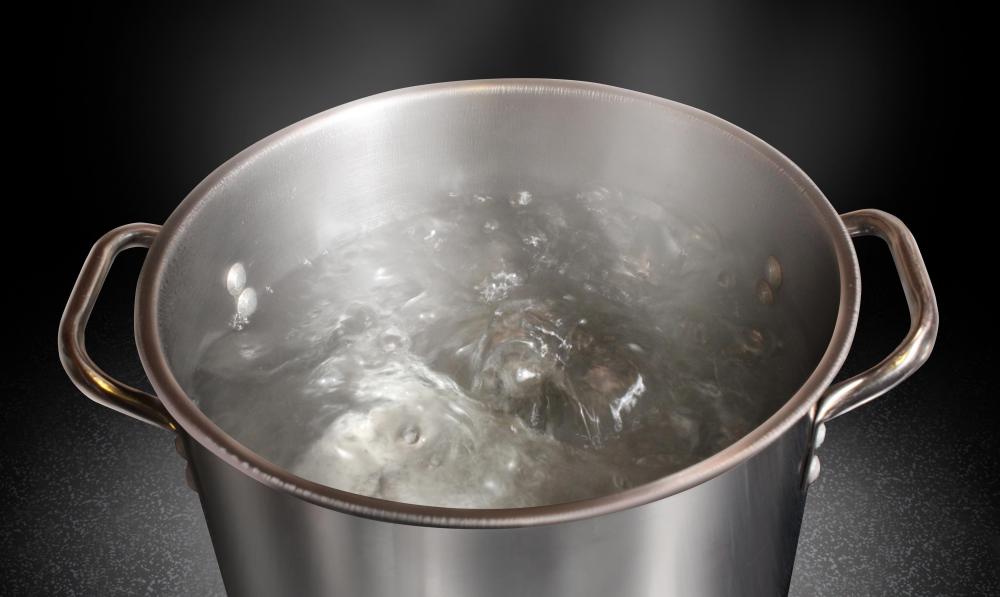At DelightedCooking, we're committed to delivering accurate, trustworthy information. Our expert-authored content is rigorously fact-checked and sourced from credible authorities. Discover how we uphold the highest standards in providing you with reliable knowledge.
How Do I Choose the Best Rapini?
Rapini is a relative of common broccoli, which goes under many different names. You can identify this vegetable by its thin stems and small broccoli-like florets. The best rapini is fresh, crisp, and firm, with small stems, no browning or discoloration, and no visible flowers. Even very fresh rapini tends to be slightly bitter, and must be cooked with care. Older rapini is still edible, but may not produce good results when used in recipes.
Markets sell this member of the cabbage family using many different monikers. This vegetable is known as broccoli rabe, broccoletti, or broccoli di Rape. You may see it sold as rappi, fiarelli, or raab as well. A purple Chinese variety is known as hon tsai tai. This plant looks a lot like kai-lan, or Chinese broccoli, and has a similar taste, but is not the same vegetable.

Raab is relatively easy to identify, looking a bit like conventional broccoli and also resembling a cluster of turnip greens. It has slender stems with large, ragged-margined leaves and relatively small clusters of tight flower buds. The stem, buds, and leaves are light to bright green.
Fresh, firm rabe produces the best flavor and texture in food. The leaves should be crisp and green, without yellow, brown, or dry spots. The best rapini has thin stems that bend a little, but retain some spring, and does not look wilted. Avoid bunches that have dark or discolored spots, as well as specimens with fully or partially-open flowers. This vegetable's yellow blossoms may be attractive, but they can render the plant even more bitter. In general, the florets contain more of rapini's bitter compounds, so you should choose bunches that have relatively few buds for a more delicate flavor.

Broccoli rabe does well when lightly cooked with other strongly-flavored foods. It can be sautéed or steamed with garlic or other seasonings, but should never be boiled, since this reduces its crispness and increases bitterness. This vegetable always has a faintly bitter undertone, the strength of which varies from one bunch to the next. Blanching before cooking for the final dish can reduce the bitter flavor, as can using strong sweet, salty, or sour flavors. Some cooks peel the stems to improve the texture and taste.
Slightly wilted specimens are still edible, but require special cooking. You can store broccoli rabe in the refrigerator for several days without problems, but it may lose its freshness after longer periods. Remove any soft or discolored areas, then blanch the rabe before cooking further. Boil or roast this vegetable quickly and add it to stews, soups, or casseroles containing strong flavors, such as spicy sausage or lemon juice. If the texture of the broccoli rabe is very poor, you can puree it for use in soup or dips.
AS FEATURED ON:
AS FEATURED ON:












Discuss this Article
Post your comments